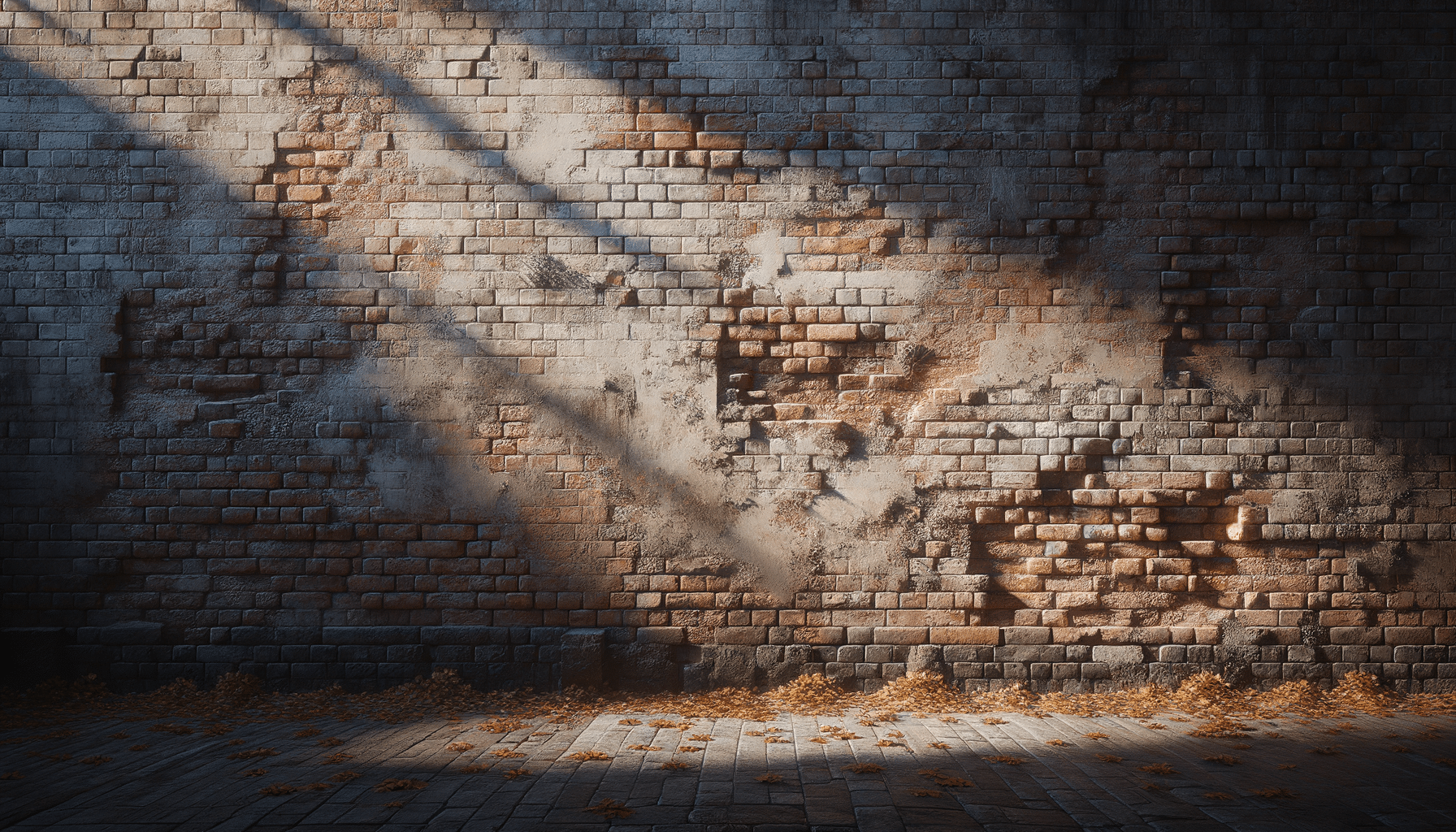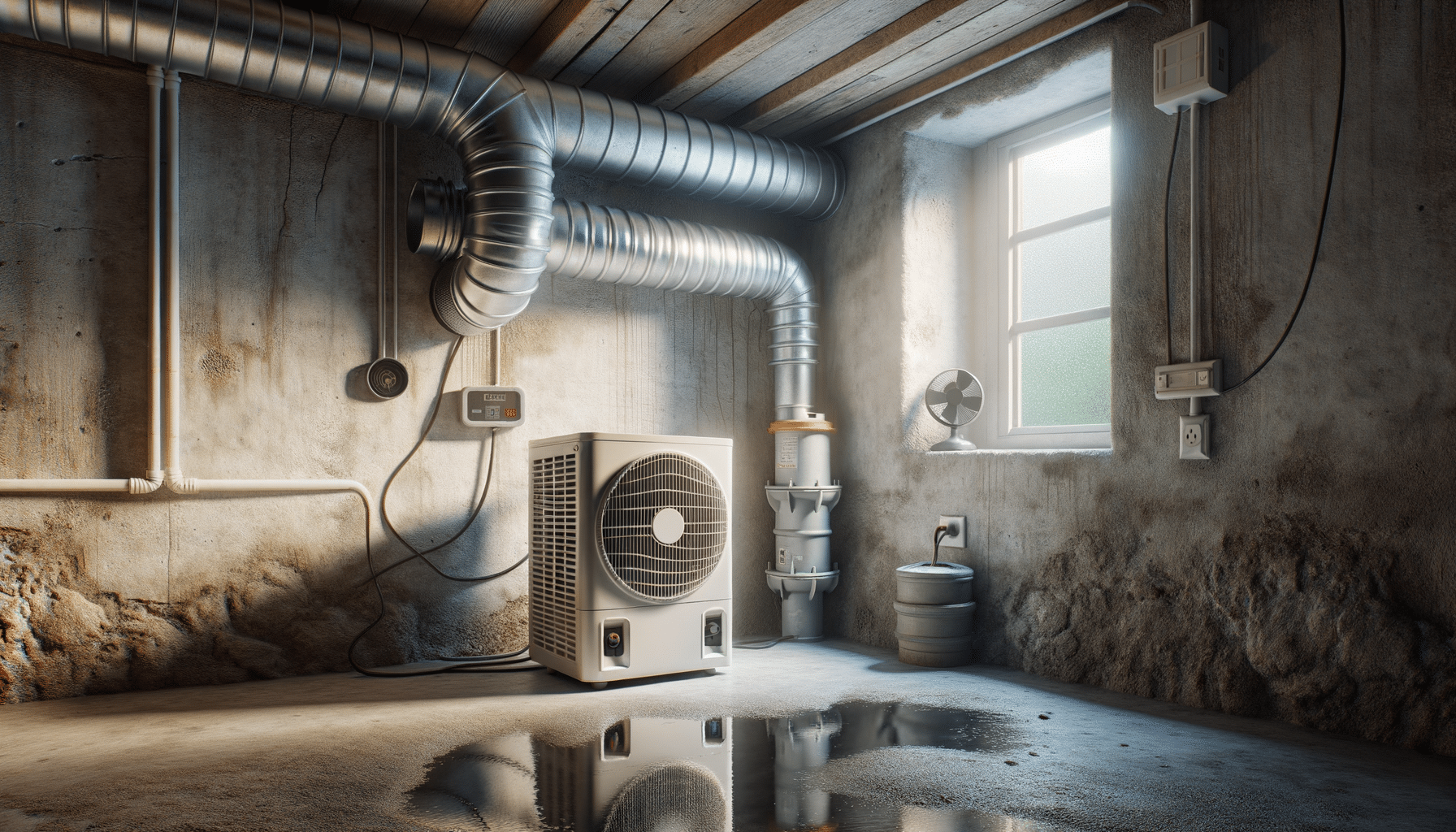
Learn more about wall restoration
Introduction to Wall Restoration
Wall restoration is a crucial aspect of maintaining the integrity and aesthetic appeal of buildings, whether they are residential homes or historical monuments. Over time, walls can suffer from various forms of damage, including cracks, peeling paint, and moisture infiltration, which can compromise both their structural soundness and visual appeal. Understanding the nuances of wall restoration can help property owners and restorers undertake effective measures to preserve and enhance the longevity of their walls.
Wall restoration is not merely about applying a fresh coat of paint. It involves a comprehensive assessment of the damage, followed by the implementation of suitable techniques to restore the wall to its former glory. This process is vital not only for maintaining the building’s appearance but also for ensuring its safety and value. In this article, we explore the different aspects of wall restoration, offering insights into the methods, materials, and considerations involved in this intricate process.
Identifying Common Wall Damages
Before embarking on a wall restoration project, it is essential to identify the types of damage that have occurred. Common wall damages include cracks, which can appear due to structural shifts or temperature fluctuations. These cracks can range from superficial hairline fractures to more severe structural issues that require professional attention.
Another prevalent issue is peeling or blistering paint, often caused by moisture seeping into the walls. This not only affects the wall’s appearance but can also lead to mold growth if not addressed promptly. Additionally, efflorescence, characterized by white, powdery deposits on the wall surface, is another indicator of moisture problems. Identifying these signs early can prevent more significant damage and facilitate a more straightforward restoration process.
Restoration begins with a thorough inspection to assess the extent of the damage. This step is crucial as it determines the specific restoration techniques and materials that will be required. In some cases, it may be necessary to consult with structural engineers or restoration specialists to ensure that the underlying issues are adequately addressed.
Choosing the Right Materials for Restoration
Materials play a pivotal role in the wall restoration process. The choice of materials depends on the type of wall, the nature of the damage, and the desired outcome. For instance, traditional lime plaster may be used for restoring historical buildings to maintain their authenticity, while modern gypsum-based plasters are often preferred for contemporary structures due to their ease of application and durability.
When dealing with moisture-related issues, waterproofing materials such as sealants and membranes are critical. These materials help prevent further moisture infiltration, thereby protecting the integrity of the wall. Additionally, selecting the appropriate paint is crucial, as it not only enhances the wall’s appearance but also provides a protective layer against environmental factors.
It is important to use high-quality materials that match the original construction as closely as possible, especially in historical restorations. This ensures that the restored wall not only looks cohesive but also performs well over time. Consulting with material experts or suppliers can provide valuable insights into the best options available for specific restoration needs.
Techniques for Effective Wall Restoration
There are several techniques employed in wall restoration, each suited to different types of damage and wall materials. For cracks, one common method is the use of crack stitching, where stainless steel bars are inserted into the wall to reinforce it and prevent further cracking. This technique is particularly effective for structural cracks that compromise the wall’s stability.
For peeling or blistering paint, the restoration process typically involves scraping off the damaged paint, treating the underlying surface to address any moisture issues, and then applying a suitable primer and paint. In cases of severe damage, such as when the underlying plaster is compromised, it may be necessary to remove and replace sections of the plaster.
Advanced techniques such as laser cleaning are sometimes used for delicate surfaces, particularly in the restoration of historical buildings. This method allows for precise removal of dirt and contaminants without damaging the underlying materials. Selecting the appropriate technique is crucial for achieving a successful restoration outcome, and often requires a tailored approach based on the specific conditions and requirements of the wall.
Summary and Conclusion
Wall restoration is a multifaceted process that requires a careful assessment of damages, the selection of appropriate materials, and the application of suitable techniques. By understanding the intricacies of wall restoration, property owners can effectively address issues that compromise the structural integrity and aesthetic value of their walls.
Whether maintaining a modern home or preserving a piece of history, wall restoration plays a key role in ensuring that buildings remain safe, functional, and visually appealing. By investing in quality materials and professional expertise, the longevity and beauty of walls can be maintained for years to come, reflecting the care and attention given to their preservation.
In conclusion, wall restoration is not just about fixing visible damage; it’s about safeguarding the future of a building. Through diligent care and informed decisions, walls can continue to stand strong and serve their purpose, embodying the history and character of the structures they support.


